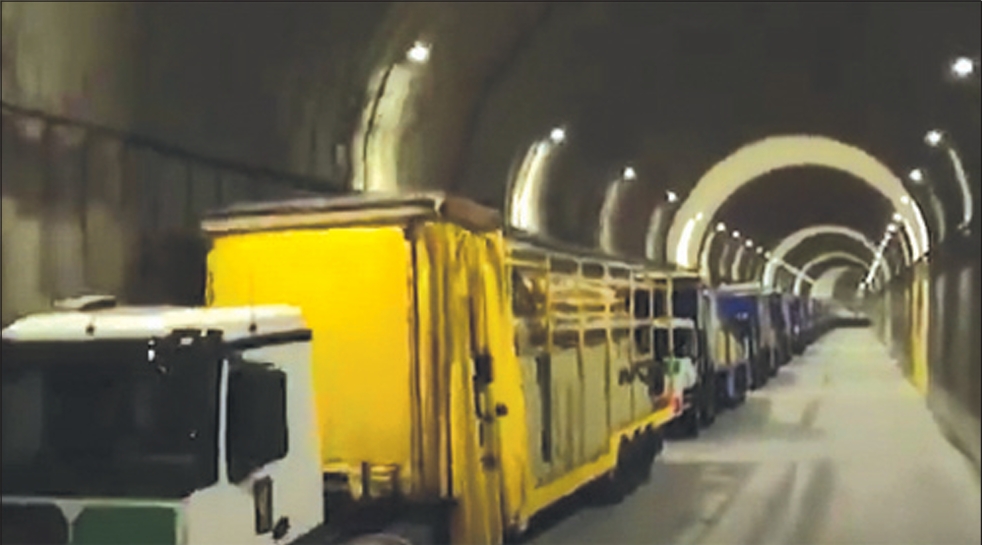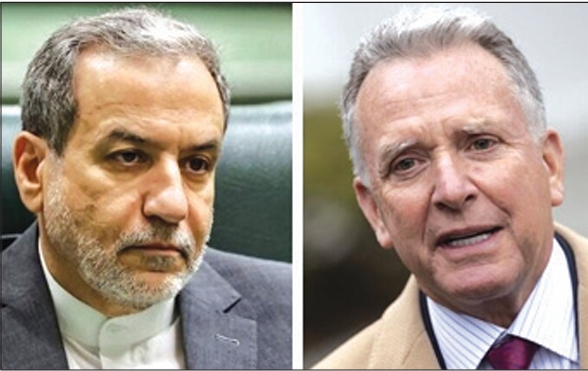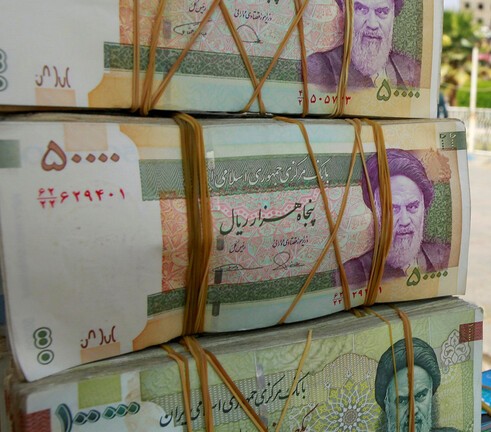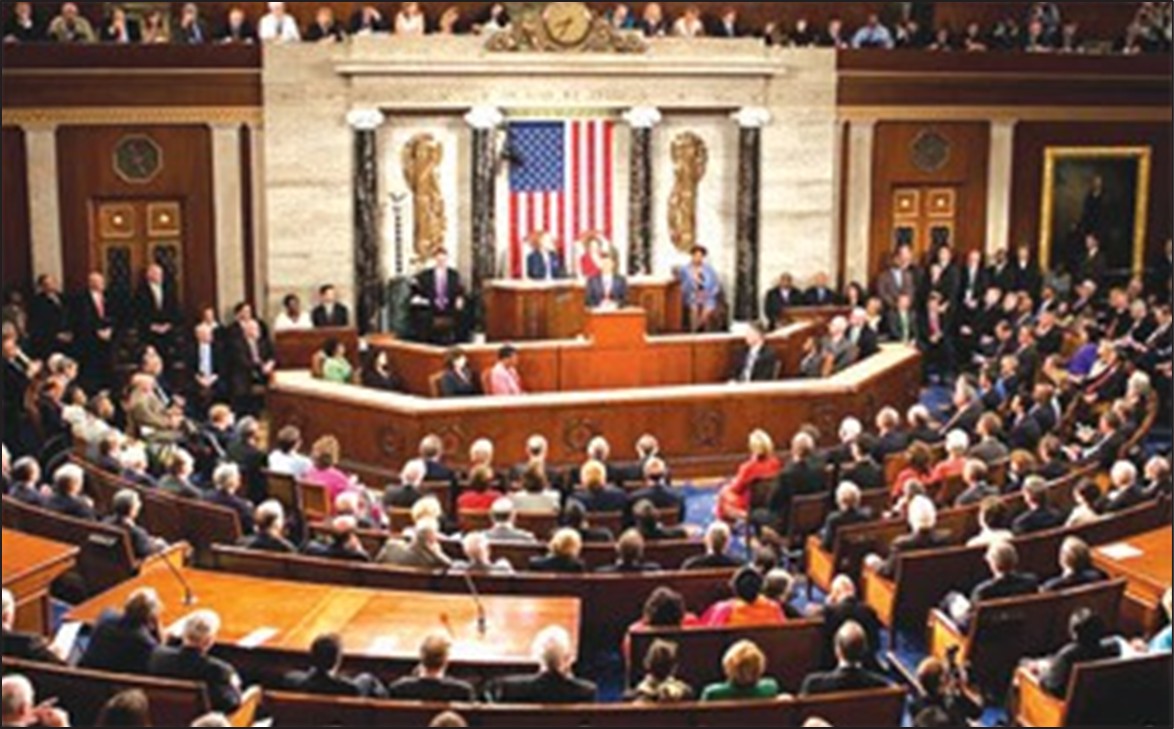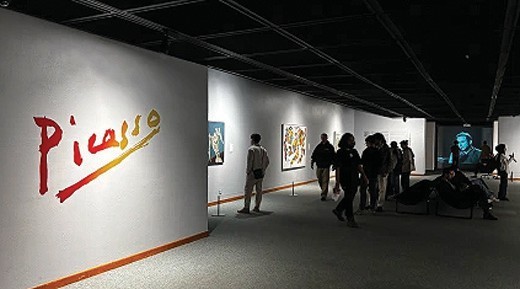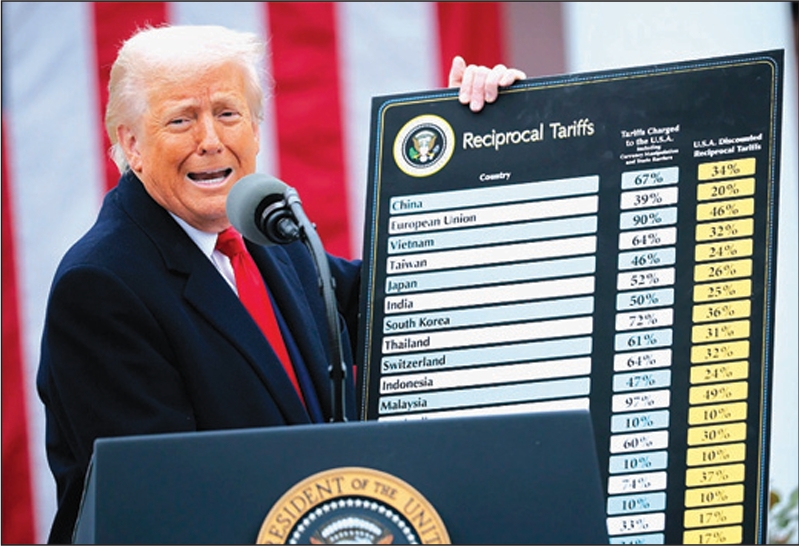The Sunday Telegraph of London reported this week that a local review body rejected the architectural design last year as not befitting the neighborhood. It said meetings were held between the Iranian-hired architects and the local officials in October, November and January.
But it said no new plans of any kind have been submitted “and none are, at this stage, expected.”
The design was produced by an Iranian firm based in Austria, Daneshgar Architects. The site is in the Kensington district of London, not far from the location of the current Iranian embassy.
The proposed design would not only provide more space for the embassy, but also include a cultural exhibition center that would enable the Islamic Republic to promote Iran’s cultural heritage.
But the timing of the new construction comes as a block of deputies in the Majlis is pushing to sever all ties with Britain to protest London’s continuing “interference” in domestic Iranian matters. If that legislation, which has passed the National Security Committee and is awaiting a vote in the chamber, is approved, then the new embassy would be superfluous.
The Royal Borough of Kensington and Chelsea received the planning application and design information last May. Normally, the plans would have been posted on the borough website for public comment. But the Metropolitan Police asked that the plans be held back for security reasons.
The borough wrote to 115 nearby residents to inform them of the application. And, after a public outcry and negotiations with the police, it was decided to post an image of the proposed embassy, but not any blueprints showing the interior.
The design raised an uproar. The five-story embassy would feature an irregularly shaped cube with walls jutting out at odd angles. It would be just 20 feet from St. Augustine’s Church, a major Victorian-style edifice. The surrounding neighborhood is filled with Victorian mansions and Georgian terraces. The clash of architectural styles raised eyebrows among heritage specialists and fury among many neighborhood residents.
National Trust Chairman Sir Simon Jenkins said, “It is inappropriate to locate a strident, modern building in such a sensitive conservation area, next to a magnificent listed church.”
He also objected to the secrecy about the blueprints, given that the United States released all that information about its new embassy building, on which construction is soon to begin.
Some of the residents last summer tried to recruit Crown Prince Charles—an outspoken foe of modern architecture—to go to battle against the Iranian design. But he chose to remain silent.
The embassy would not tell The Sunday Telegraph if the Islamic Republic was still planning a new embassy building. “It is not something we wish to discuss,” an embassy spokesman told the newspaper.
Caryl Harris, who helped organize the neighborhood revolt, believes Iran has abandoned the project and “given up the battle.”
The residents have been aided in their battle by their local MP, Sir Malcolm Rifkind, who was once foreign secretary and had his problems with Iran in that role.


